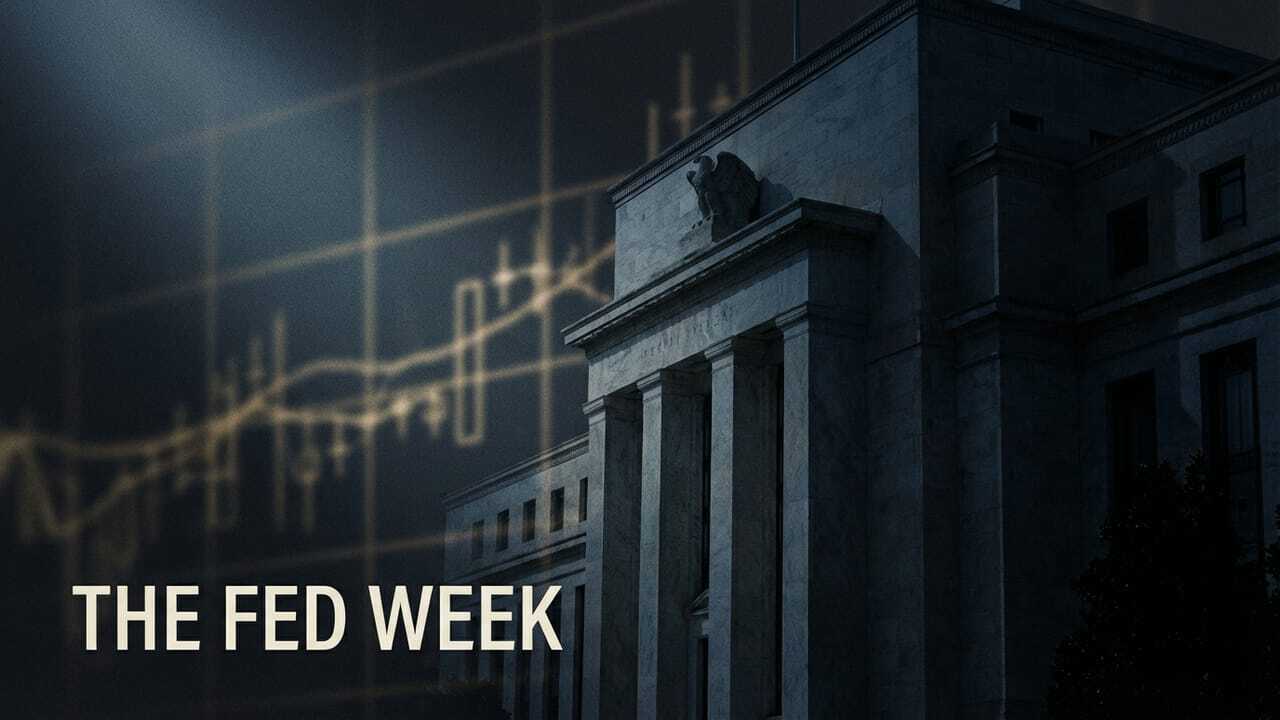
🚨Key Highlights
10-year Treasury yield dropped ≈ 45 bps to 4.02%, lowest in six weeks.
2-year Treasury slipped to 4.6%, steepening the yield curve ≈ 25 bps.
90% of global bonds yield < 5%, per Apollo analysis (Sept 2025).
Futures markets price ≈ 125 bps of Fed cuts by end-2026.
CRE loan spreads remain 50–100 bps above pre-2022 norms.
End of QT could trim refi cap rates by 25–50 bps for top-tier assets.
Signal
In Washington, Jerome Powell’s remark that the Fed’s balance-sheet runoff “may be coming into view” ended months of speculation about how far quantitative tightening would go. Within hours, Treasury yields fell sharply: the 10-year note touched 4.02%, its lowest level since August. Markets read the comment as a prelude to an eventual stop in QT — a liquidity shift that matters as much to lenders as to economists. For commercial real estate, it marks the first credible hint that the cost of long-term debt may have peaked.
Liquidity and Leverage
The Fed has reduced its holdings of Treasurys and mortgage securities by nearly $1.5 trillion since 2022. That steady drain has lifted long-term yields by as much as 80 bps, according to Bloomberg calculations. Halting the runoff would remove that structural pressure, giving banks and insurers breathing room. In practice, a 40-bp decline in benchmark yields can translate into a 70-bp drop in CRE coupon rates — enough to swing many debt-sizing models back into positive leverage. Still, capital desks stress that balance-sheet relief does not equal policy easing; liquidity will stabilize, not surge.
Market Repricing
By contrast, credit spreads have barely budged. BBB corporate spreads narrowed just 5 bps in the week after Powell’s speech, while CMBS AAA spreads held near 165 bps over Treasurys. That caution shows lenders still price recession risk into every term sheet. “We’re marking debt at SOFR plus 275 until we see two months of tightening spreads,” said a New York credit fund manager. For borrowers, the base rate relief is welcome but partial; spreads remain 50–100 bps above pre-2022 lending norms, keeping debt-yield tests intact.
Investor Rotation
Meanwhile, the bond market’s own math could redirect capital flows. Roughly 90% of the $145 trillion global public-bond universe yields under 5%, while G7 inflation hovers near 3%. That 1.5–2% real return ceiling leaves pension funds and insurers hungry for incremental yield. If yields stabilize, some of that capital may rotate back toward long-duration credit and core real assets. Cross-border investors are already testing the waters as a weaker dollar makes U.S. property 5–8% cheaper in FX terms.
Underwriting Discipline
As a result, underwriting models are shifting — not loosening. Debt advisors now recommend sizing loans at 7% all-in rates even as the forward curve implies 6%. This maintains coverage cushions should spreads widen again. Top multifamily and industrial assets could justify exit cap rates 25–50 bps lower than a month ago, reflecting reduced refinancing risk, but secondary assets remain priced for volatility. In practice, the market is rewarding discipline over optimism. A temporary tailwind is not a trend.
Capital Behavior
In turn, the rate shift is altering behavior inside capital stacks. Borrowers are locking in commitments sooner, and refinance inquiries rose 15% week-on-week among major lenders (JLL data). Equity managers are re-running DCF models at 4% risk-free rates instead of 4.8%, finding marginal projects now pencil again. Yet lenders remain selective: office exposure is still penalized, and loan-to-value ceilings rarely exceed 60%. Lower rates improve math, not morale.


On balance, the Fed’s pivot suggests the “higher for longer” era is easing into “steady for longer.” If inflation continues to trend toward 3%, the 10-year Treasury is expected to trade between 3.5–4.0% through mid-2026. Such levels would anchor CRE loan coupons near 6–6.5%, supporting gradual transaction recovery without re-inflating asset prices. Should QT end formally this winter, liquidity pressures on banks will ease further, potentially narrowing spreads by mid-2026. Still, the Fed remains data-driven; any re-acceleration in inflation could halt easing abruptly. For CRE investors, the next 12 months are a window to rebuild capital stacks under more forgiving yields — before the cycle turns again.
Relief is not reversal — it’s liquidity without exuberance.

Reuters — “Powell Hints at End of QT, Yields Slide” (Oct 2025) — [reuters.com] Reuters / Apollo Global — “Global Bond Yields vs Inflation Gap” (Sept 2025) — [reuters.com] JLL — U.S. Lender Pipeline Survey (Q4 2025) — [jll.com]







